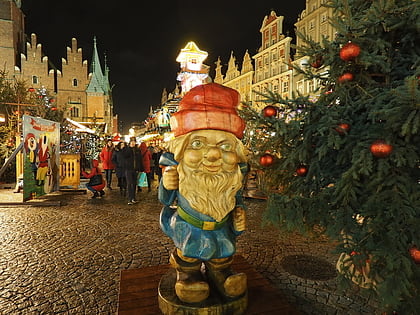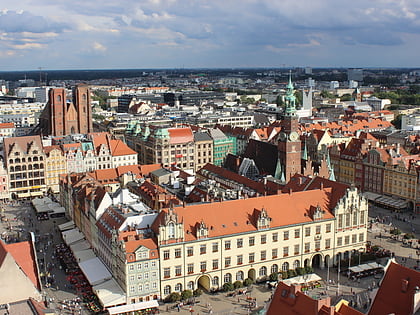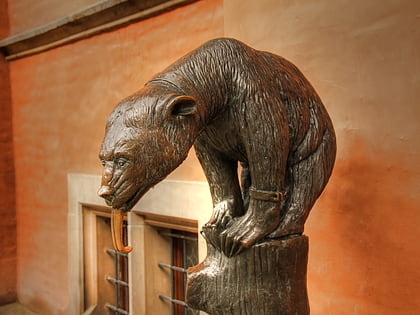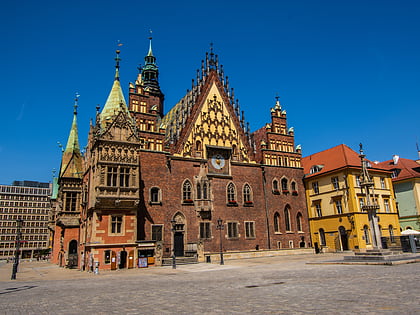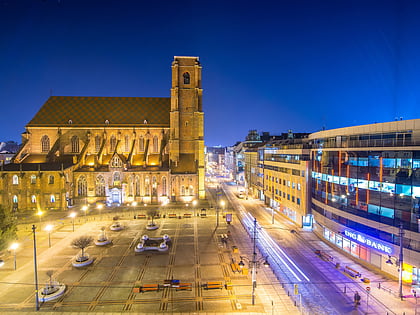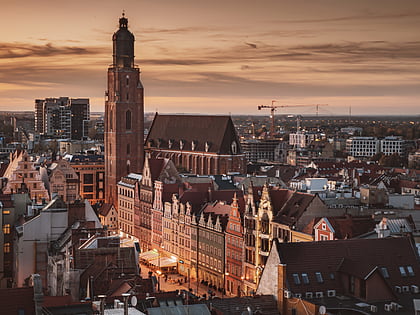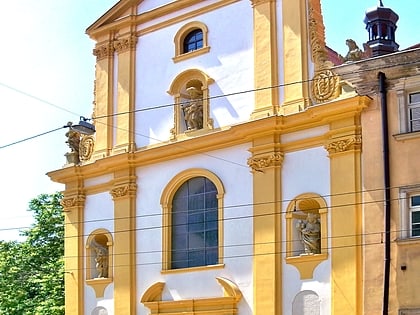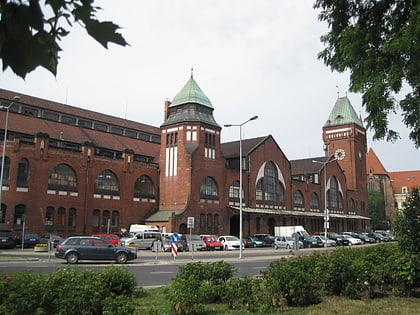Muzeum Mineralogiczne, Wrocław
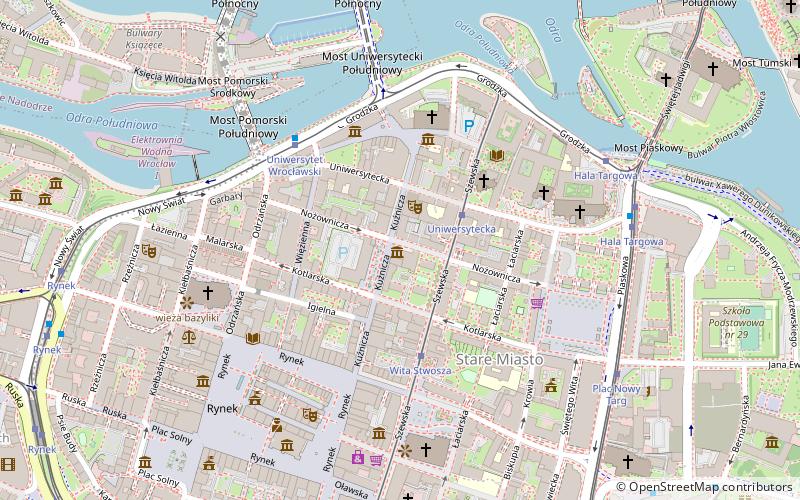

Facts and practical information
Kazimierz Maślankiewicz Mineralogical Museum in Wrocław - a unit of the Institute of Geological Sciences of the University of Wrocław, at 30 Cybulskiego Street with a branch at 22 Kuźnicza Street.
The Wroclaw Mineralogical Museum is a continuation of the activities of the Mineralogical Cabinet established in 1812 and of the Mineralogical Museum of the University of Wroclaw operating from 1868 to 1945. Until 1855 the permanent collection of the Cabinet was modest in quantity and quality as most of it belonged to the successive directors who took it when they left office. It was not until the successive director Ferdinand Roemer significantly expanded the collection of the Cabinet and in 1866 moved the whole department together with the Cabinet from its previous seat in the building of the present Department of Human Biology to the building of the present Institute of Pharmacy of the Medical Academy, designed by Milczewski. There, the Mineralogical Museum was set up, which, contrary to its name, presented not only minerals, but also rock types and fossils, with the palaeontological part prevailing. When the museum opened in 1868, the first guidebook to the museum was published. In 1897 the museum was divided into separate museums: geological-paleontological and mineralogical.
The collection, gathered for over 130 years, was for the most part taken out of the city shortly before the siege of Wrocław and hidden in churches in Świerzawa and Strzegom. After 1945, most of the artifacts were recovered, with the exception of the collection of precious stones, which was not deposited in Lower Silesian churches but in Berlin. However, it was not until 1952 that the first, small part of the collection was made available to the public in the new building of the Institute of Geological Sciences at 30 Cybulskiego St. Thanks to the initiative of Prof. Kazimierz Maślankiewicz, in the years 1964-1966 construction and inventory work was carried out in order to make the mineral collection available to all interested. The Mineralogical Museum was opened in June 1966 and in 1985 the museum was named after its founder. In 1995 a branch of the museum was opened in the building at 22 Kuźnicza Street.
Currently, the museum has over 30,000 mineral specimens and a thousand rock specimens, about half of which are from Poland. About 60% of the exhibits come from the post-German collection, the rest was acquired after 1945. The following permanent exhibitions can be viewed: in the main building on Cybulskiego Street 30
Minerals of Poland, Minerals of the World according to the chemical-structural classification, in the department at 22 Kuźnicza Street
Minerals of Poland, Minerals of the Strzegom Pegmatites, Precious and Ornamental Stones, Precious and Ornamental Stones - the Krzemionki Group, Meteorites, Agates of the Kaczawskie Mountains.
The museum is open from Monday to Friday. Museum lessons are also conducted.
Muzeum Mineralogiczne – popular in the area (distance from the attraction)
Nearby attractions include: Wrocław's dwarfs, Market, Aleksander Fredro Monument, Bear Fountain.
Frequently Asked Questions (FAQ)
Which popular attractions are close to Muzeum Mineralogiczne?
How to get to Muzeum Mineralogiczne by public transport?
Tram
- Uniwersytecka • Lines: 24, 6, 7 (2 min walk)
- Wita Stwosza • Lines: 24, 6, 7 (3 min walk)
Bus
- Uniwersytet Wrocławski • Lines: 247, 248 (4 min walk)
- Hala Targowa • Lines: 251, 259 (6 min walk)
Train
- Wrocław Nadodrze (24 min walk)
- Wrocław Główny (26 min walk)

